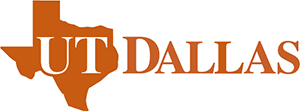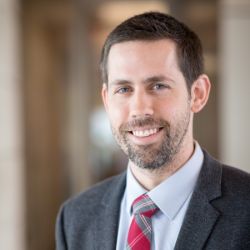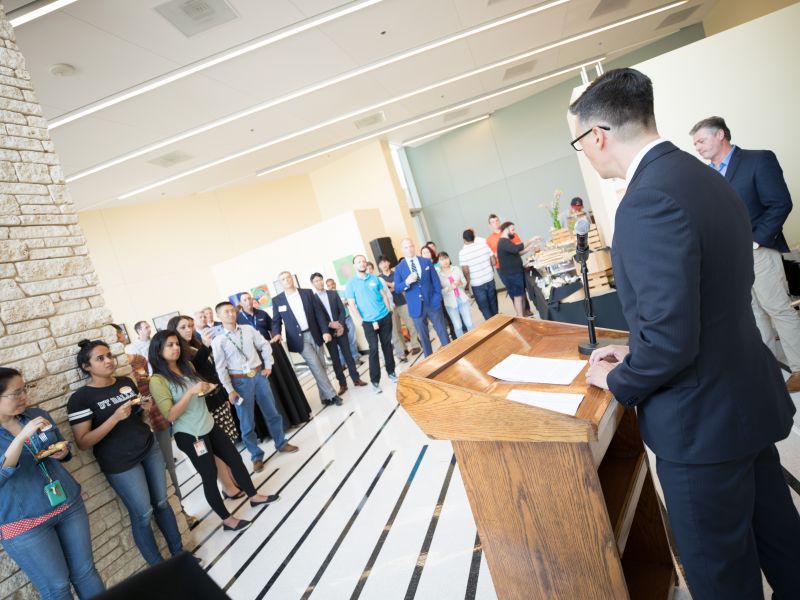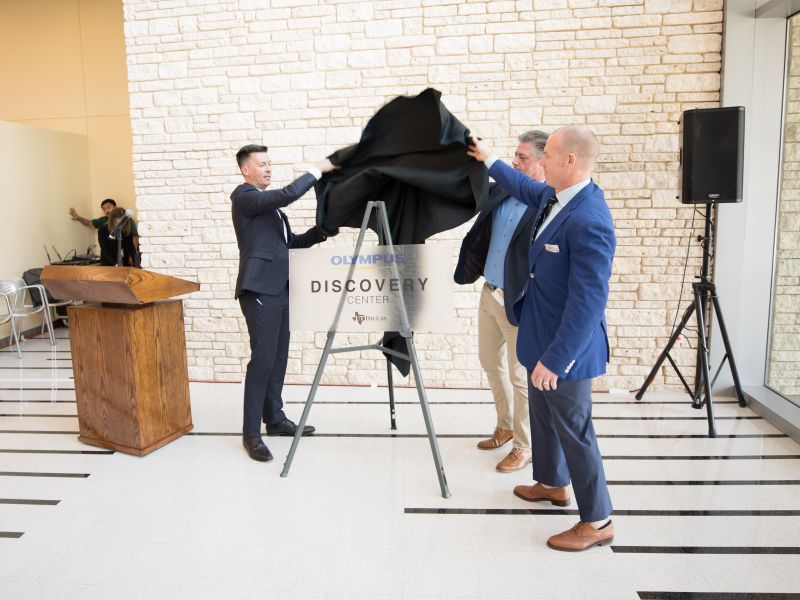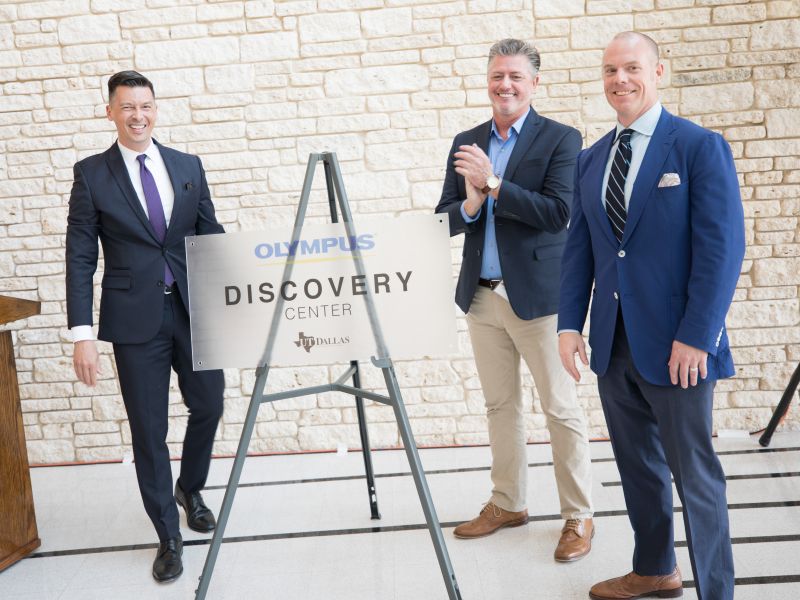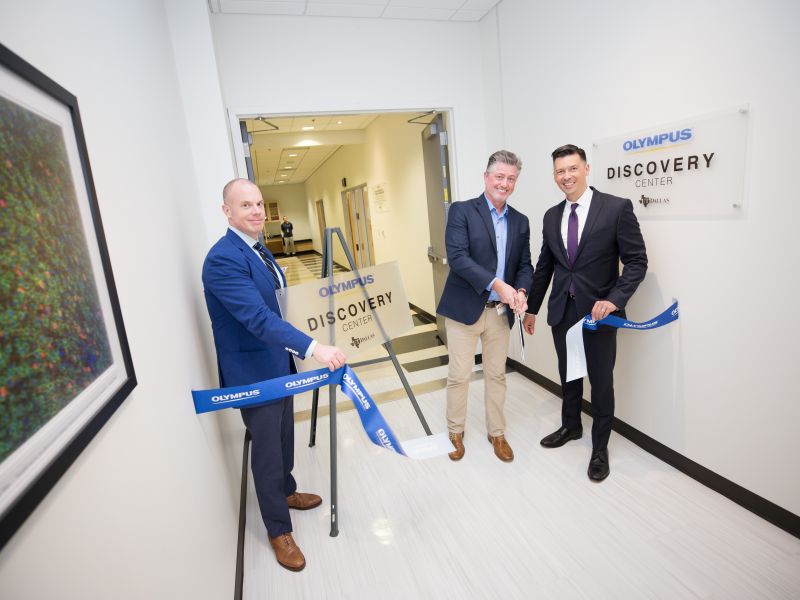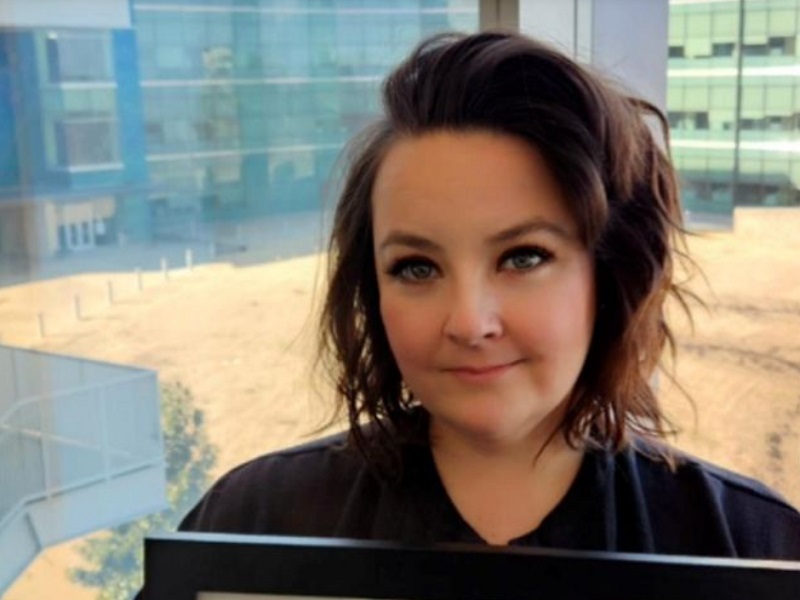The University of Texas at Dallas
| |||||
Faculty
|
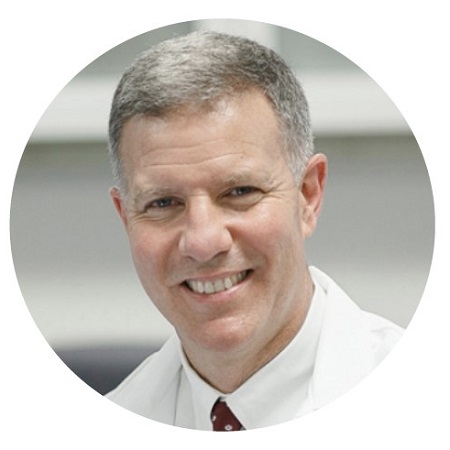 | “Through our partnership with Evident, our cutting-edge imaging facility will enable our growing faculty to pursue innovative biological and molecular science. Furthermore, the facility will attract exceptional faculty candidates and students to our university community."―Dr. Joseph Pancrazio, Associate Provost and Professor of Bioengineering at UT Dallas |
In the Spotlight
|
Systems at University of Dallas Texas | |
FLUOVIEW™ FV3000RS laser scanning confocal system
Enabling the observation and recording of fast phenomena and live physiological events, this hybrid laser scanning unit uses a galvanometer scanner for precision scanning and a resonant scanner for high-speed imaging with a with a large field of view. | FLUOVIEW™ FVMPE-RS twin multiphoton system
Achieving high-sensitivity, high-resolution imaging deep into biological specimens, the FVMPE-RS twin multiphoton laser microscope reveals how cells function and interact within living tissue. |
SD-OSR spinning disk confocal microscope system with Olympus Super Resolution
Capturing subtle high-frequency components not visible in conventional spinning disk microscopy, the SD-OSR system’s high-quality optics, Yokogawa W1 spinning disk technology, and Airy disk oversampling achieve improved signal, reduced noise, and super resolution imaging down to 120 nm. | cellTIRF simultaneous 4-color TIRF module with IX83 inverted microscope frame
Satisfying a wide range of experiment protocols, the fully motorized IX83 microscope with cellTIRF module enables advanced imaging methods including total internal reflection fluorescence (TIRF), single molecule localization microscopy (SMLM), and fluorescence recovery after photobleaching (FRAP). |
VS120 virtual slide scanner with 100-slide loader
Capturing high-resolution brightfield or fluorescence images of slides for quantitative analysis, the VS120 system with 100-slide loader is a dependable and robust workhorse designed for high-throughput research and pathology. | |
Not Available in Your Country
Sorry, this page is not
available in your country.

